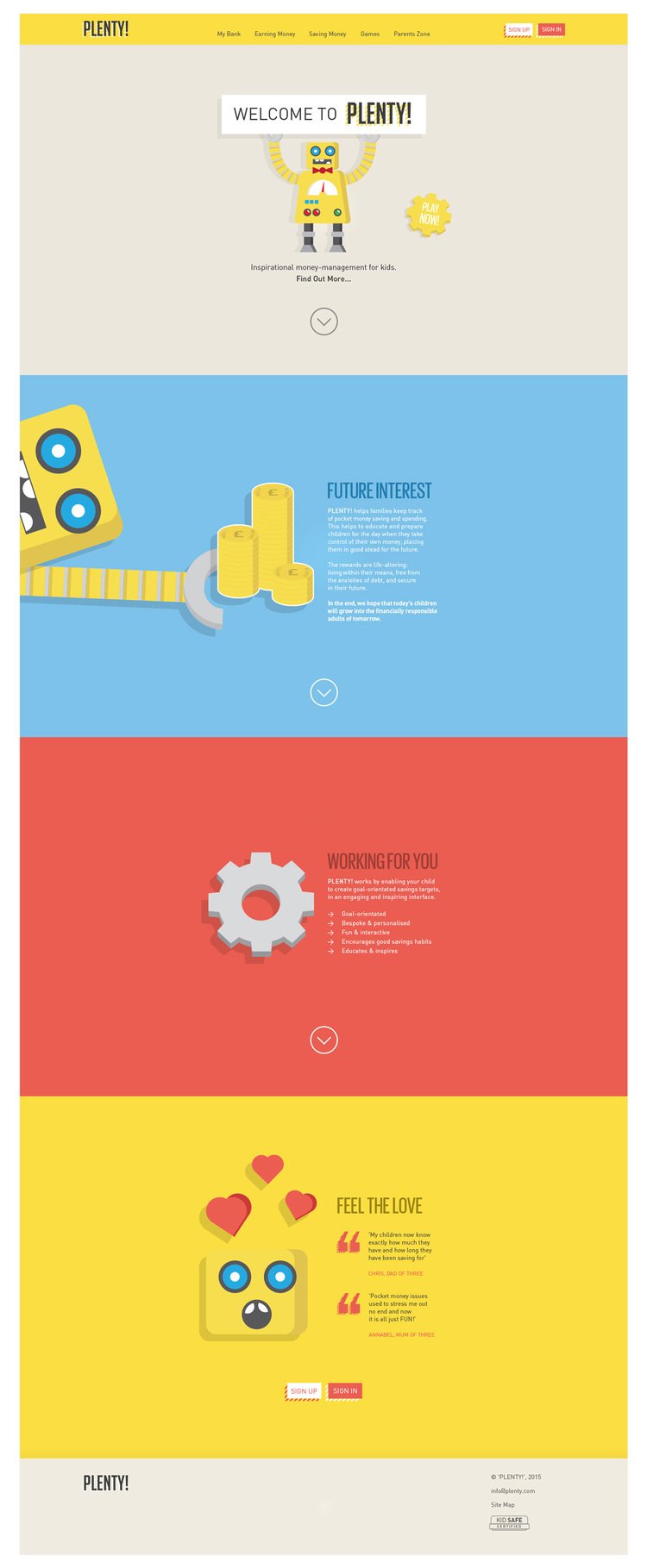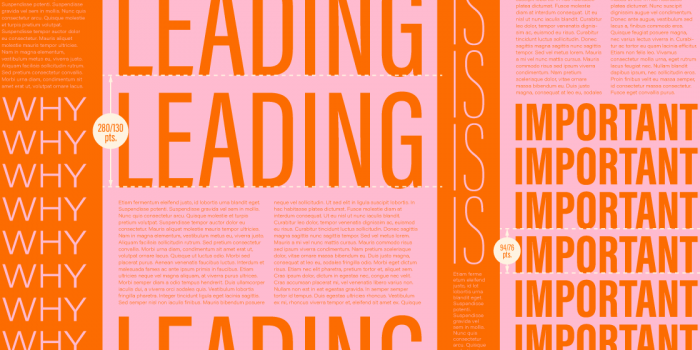Jim Oliver—Digital Designer

After a lengthy career in marketing, Jim Oliver decided to take the leap and enrol on the full-time course at #shillolon. Now with a fast paced job as a digital designer, he’s glad he made the switch. Jim tells us all about the day-to-day of his new career and shares top-notch advice for current design students.
What made you want to apply to Shillington in the first place?
Prior to signing up for Shillington, I’d made the decision to switch from a 10 year marketing career into design. At the time, I’d heard about the college from a good friend, who was signing up the Manchester course. She was raving about the quality of teaching and some of the work produced by students—all in a relatively short amount of time! I made a visit to check out the college and was impressed—amazing environment, passionate staff, a comprehensive course and some beautiful portfolios being created. What really sold me though, was the success students were having finding work after the course. The graduates are living proof that the college is delivering on its ambition of turning people like me into living, working Graphic Designers.
Who do you work for now and what does your job involve? How did you go about getting this job and how much help did you get from the college?
I work as a Digital Designer, for an agency called Reading Room. Have to pinch myself on a daily basis that it is actually happening, but it really is! I’ve absolutely loved working in a creative, dynamic and vibrant office, with like-minded folks. The job came onto my radar through a Facebook message from one of the teachers, so in that sense they helped a lot! In terms of actually landing the job, well that was all my own work! I just put to work the stuff I learned through the course and answered a brief to design a website based on a fictional business.
Can you take us through an average day for you now you’re working as a full-time designer?
I guess it’s easier to describe the cycles I go through, rather than think in days, as no two seem to be the same! As you’d expect in a digital agency, the vast majority of work involves designing digital solutions for existing, new or potential clients. This starts with a briefing process, where I get an overview of what the client is looking for. I’m quickly learning how critical this stage is—taking time to properly digest the brief, ask questions and agree with your team what you’re delivering to ensure you’re off on the right track.
From there, it’s down to me to respond with a concept. Who I work with and how I get there is down to me, but I prefer to work through the process I learned at Shillington—in a busy environment it can be tempting to cut corners, but I find the results are always better when I work this way. I’ll typically work alongside front-end and UX developers, to ensure what I’m designing can actually be achieved. Designing for digital is a steep learning curve and the considerations of user journey, interaction, information architecture and designing for multiple devices (to name a few) all add complexity to the thought process. That said, it’s empowering to be responsible for defining this stuff and digital designers really need to think beyond visual communication, to interaction and function.
It is challenging, scary and frustrating every day, but the pay-off is the buzz you get when you land something that gets great feedback and delivers results!
What’s been your favourite project you’ve worked on so far and why?
I can’t say too much about the client, but I’m working on an exciting project at the moment. This business works with some well known musicians and was looking for a compelling way to showcase the photographs and videos it captures from events. Apart from being a cool project linked to music, I’ve loved having ownership for the creative direction and user interaction across the site. It has meant working with a quality bank of images/videos and designing something that is slick, contemporary and exciting. Who wouldn’t love that!?
Working closely with developers and watching stuff coming to life has also been really satisfying. Once my designs are complete, they quickly make their way onto a working environment where I can see everything functioning as a product.

Was the course what you expected? What things surprised you?
The course definitely surpassed my expectations. I was worried that the time-frame would be too short for it to be truly comprehensive, but I was proved wrong. It is full-on, but you get so much out of it.
I was surprised by the commitment and passion of the teachers. You really felt like they cared—about great design, about the subjects they were teaching and about us.
They were lively, engaging and pushed us hard to deliver excellent results—nobody was getting an easy ride! The other thing that stuck out, was the dynamic of the group. Maybe we got lucky, but it was like a big, happy family—learning and working alongside people with similar motivations and interests made for a real happy environment.


What were the main things you learned on the course?
It’s hard to distill it down into a few main things, as the course is so comprehensive. The journey starts with design theory and is progressively built up from there. Along the way you’re also learning technical skills and disciplines. Subjects typically culminate in some kind of brief to work on, which is the way I learn best, by doing. A few months into my first job and I’m still being reminded on a daily basis how much I took on board.
As the teachers are all seasoned designers, their experience and guidance was invaluable. Every module culminated with a brief, which we were expected to deliver as if it were a real live job. This meant digesting the brief effectively, developing concepts and then designing to strict deadlines. Alongside the learning, this way of working has given me self-discipline and a process I can follow to produce results.
Are there any design tips you could share with our current students?
I can be very hard on myself about my work and get frustrated when it’s not ‘perfect’ off-the-bat. As I understand it, this is a very common trait for creatives and something that drives us to progressively better work. Unfortunately it can also hold us back, make us question our ideas and, in extreme cases, prevent us finishing.
Firstly, take comfort in the notion that design is an iterative process and we’re not going to nail it first time, every time. Don’t beat yourself up too much when things aren’t falling into place. If this happens, I highly recommend taking a break and doing ANYTHING but trying to force an idea. You will come back fresher and stronger, with a much better chance of nailing it (presumably the reason my office has a pool table).
Secondly, recognise that ‘perfection’ is somewhat subjective and in many cases unattainable. Leonardo Da Vinci apparently said “art is never finished, only abandoned”. Stick to the plan you set yourself (strong concept development will help this) and know when you’ve hit the brief—learn when to stop.
Conversely, if you feel you land everything first time and you’re always 100% satisfied with your output, you’re probably not challenging yourself enough!
What advice would you offer anyone thinking about applying for a design course at Shillington?
I wouldn’t think twice about recommending it to anyone who’s seriously considering a career in graphic design. If you’re prepared to work your ass off for 3 months for something you love, this course will give you so much back.
Thanks to Jim for taking the time to answer our questions and extra thanks for sharing his design tips. You can see Jim’s full portfolio over on his website.
Our next full-time course starts in April at our London, Manchester and New York campuses. Get in touch for more information—limited places available!
Want to win some amazing prizes and stay in the loop with all things Shillington? Sign up to our newsletter to automatically go in the draw.








